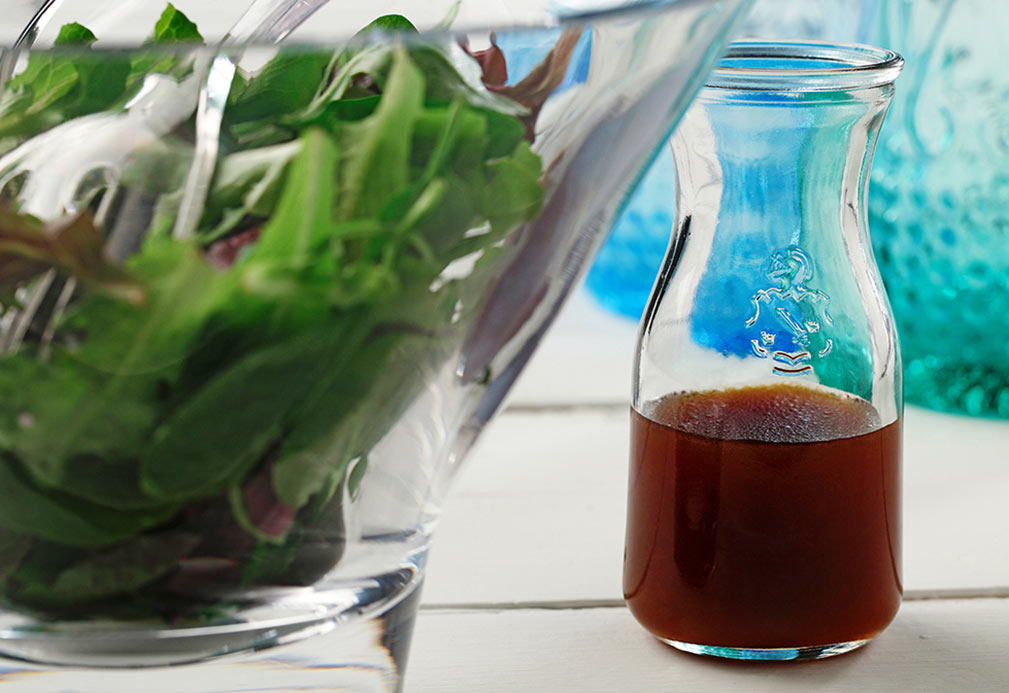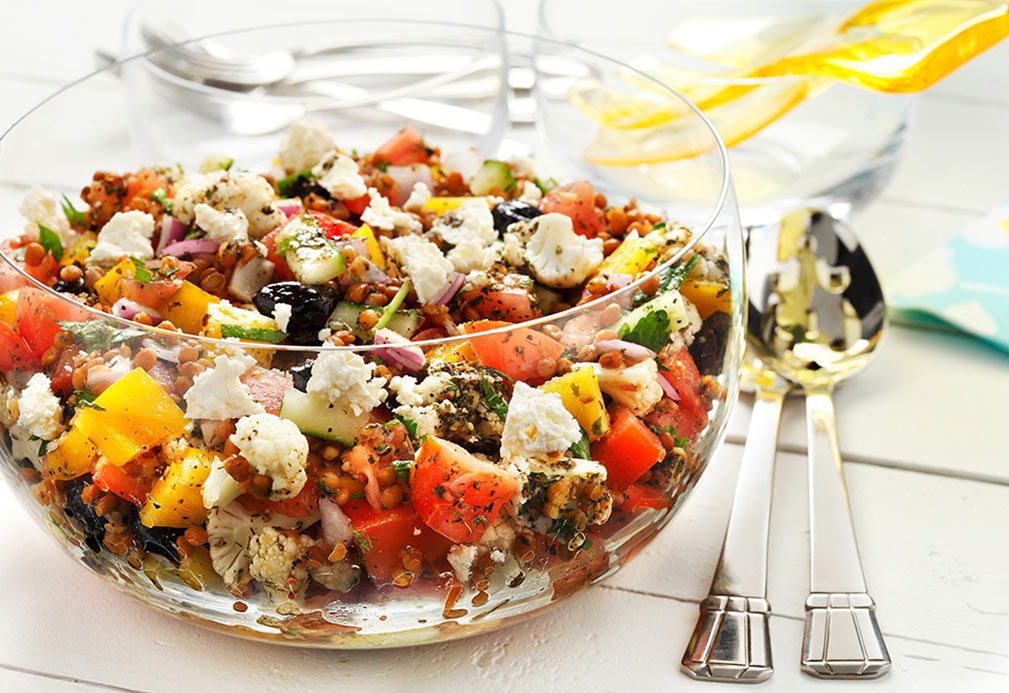Is Canola Oil a Good Choice for Making Salads?
YES, canola oil is a great choice for salads! Here’s why:
- Canola oil is light in color, texture and taste. It allows the flavors of other ingredients to shine through and feels smooth in your mouth without being heavy.
- Canola remains clear and free running because it is low in saturated fat so your vinaigrette won’t solidify in the refrigerator.
- Canola oil’s quality nutritional profile lends itself well to healthy salads.
What is the healthiest oil for making salads?
Although different types of oil have the same number of calories per tablespoon, canola oil provides more of the healthy fats than any other common salad oil. Canola oil contains the least saturated fat – about half that of olive, soybean, corn and sunflower oils – and the most plant-based omega-3 fat of the common salad oils. In fact, the U.S. Food and Drug Administration authorized a qualified health claim for canola oil based on its unsaturated fat content.
Can I use canola oil instead of vegetable oil in my salad dressing?
Yes, you can. You can swap in canola oil in any recipe that calls for vegetable oil. Vegetable oil is the common name used on the front label for a number of plant-based oils, including soybean, sunflower and canola oil. Despite the pictures often featured on the label, vegetable oil does not come from vegetables, like lettuce, carrots or tomatoes! Next time you are in the grocery store choose 100% canola oil.
Making salads and vinaigrettes with canola oil
A great salad deserves a great vinaigrette! A vinaigrette blends an acid, usually vinegar or lemon juice, into an emulsion with oil and seasonings. An emulsion is a stable mixture of two liquids, such as oil and vinegar, that normally separate from each other.
To make a vinaigrette, simply combine ingredients in a container, cover tightly and shake until blended. For a more stable emulsion and a creamier texture, blend in a blender for one minute.

Vinaigrette Tips:
- Preparing your own vinaigrette allows you to control the flavor and ingredients and is economical.
- Traditional proportions call for 3 to 4 parts oil to 1 part vinegar. Try a 2 to 1 ratio or experiment until you find the proportions of oil and vinegar you like.
- Blend canola oil and vinegar, then add seasonings such as salt, pepper, herbs, garlic, mustard, or ginger. Substitute lemon, lime or orange juice for vinegar, if you like or experiment with different kinds of vinegar.
- Store homemade vinaigrettes for up to 1 week in the refrigerator.
- Vinaigrettes can also be used as a marinade for vegetables, poultry or meat.

